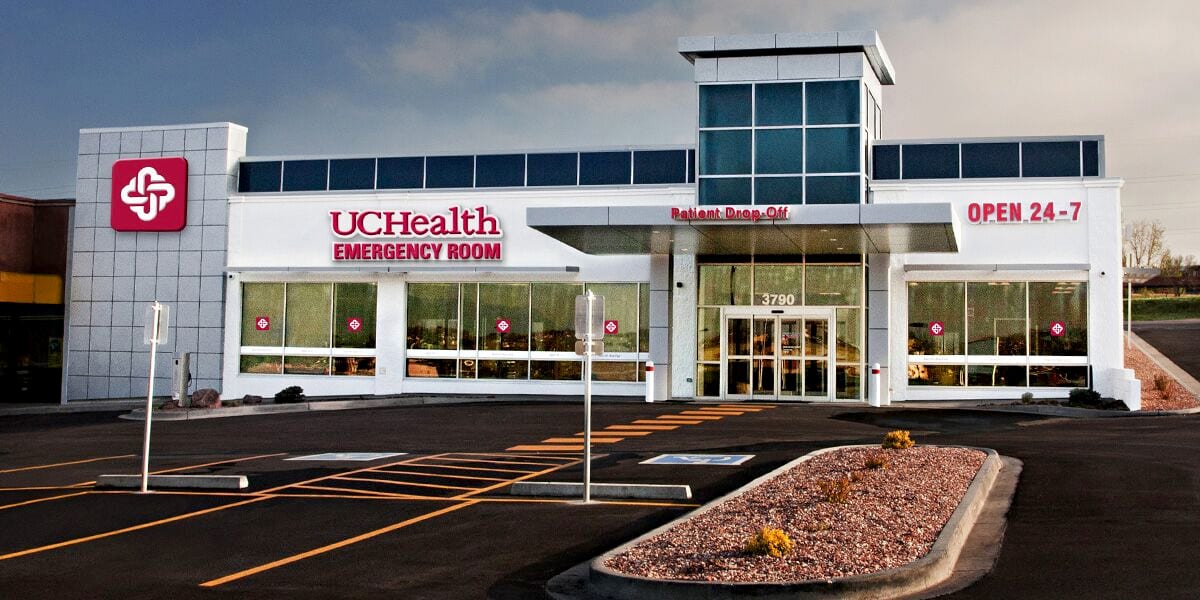
Cheryle Powell
Health care services, Colliers International, Denver
Health care consumers want it all – short drive times, ancillaries at every site, provider continuity and 24/7 availability. The trend is driven by the millennial generation, accustomed to on-demand convenience. This development, as well as the Affordable Care Act, has created new priorities for the health care industry.
Health care systems are responding by increasingly allocating resources to improving patient experience and to population health. Health care real estate is an essential part both these objectives.
Improve patient experience. Improving patient experience incorporates pushing care to where the patient is located, functional design, as well as assuring convenient hours and access. Becker’s Hospital Review’s article titled “Market domination is everything + 7 more thoughts on strategy” states that focusing on the total consumer experience is critical to market dominance. Analyzing each area’s demographic needs of the neighborhood and accommodating those needs with appropriate health care services is essential to positive consumer experience.
Pushing care to where the patient is located. Retail and health care are merging – the process often is referred to as the retailization of health care. Retail market analysis utilizes agglomerations and interactions among stores in order to determine shopping demographics and logistics.
Medical selection analysis includes insurance coverage, disease prevalence, payer mix and medical use rates. While analyzing these aspects narrows area selection, retail considerations such as Americans with Disabilities Act access and parking are equally important. While the retail approach utilizes interactions among stores, health care analysis includes needs assessment and provider interaction analysis.
Medical clinics, urgent care centers and other outpatient facilities are leasing retail space; for example, University of Colorado Health utilized a vacant Blockbuster building in Arvada and converted it to a freestanding emergency room.
Design. Design is a consideration imperative to the patient experience. It includes variables that directly correlate to real estate: amenities, convenience, comfort, service and aesthetics. Design teams work closely with owners to create facilities that complement the appeal of the surrounding retail center, while remaining autonomous and easily accessible. Providers are attracting consumers with the convenience of smaller and less expensive outpatient facilities.
Convenient hours and access. “What we are seeing is that many consumers are going away from primary care practitioners for ease and speed, and going to urgent care clinics because they can get in and out quickly,” explained Lou Posada, health care principal at Hord Coplan Macht. “Some health systems are playing catch up now and in some cases are starting to align themselves with retailers to capture the follow-up care or referral. They also have the opportunity to integrate the electronic medical records so the provider at the urgent care can see ongoing or previous treatment of the patient and avoid missed-steps in medication and care. It allows the primary care provider to understand what happened at the encounter.”
Population health. Five key leaders of Colorado health care systems recently discussed their vision for the next five years and population health was a part of each of their strategic plans. All of these leaders agreed that the interpretation of the term “population health” is highly subjective and lacks a conventional definition.
In the context of this article, population health is defined as an approach of improving health outcomes by providing health care services on a community, rather than individual, scale.
This comprehensive approach incorporates mitigation and prevention of chronic diseases, as well as the overall holistic health measures. According to the 2016 survey by Health Facilities Management/ASHE, outpatient community-based initiatives to address population health are on the rise: 38 percent increase in medical office building and a 32 percent increase in urgent care and ER facilities are anticipated in the near future.
“As health care continues to progress and adapt, Centura Health is working to improve the connectivity between health care and you. For our communities to achieve an optimal level of wellness, our presence must move into all parts of the neighborhoods we serve,” said Thomas Gessel, CEO and president of Mercy Regional Medical Center in Durango.
Adapting to the new approach to health care, development projects have evolved significantly over the past five years. New building designs are emerging, addressing the vast changes in the health care delivery model. Health systems are prioritizing their needs and developers are fulfilling them through innovative projects.












